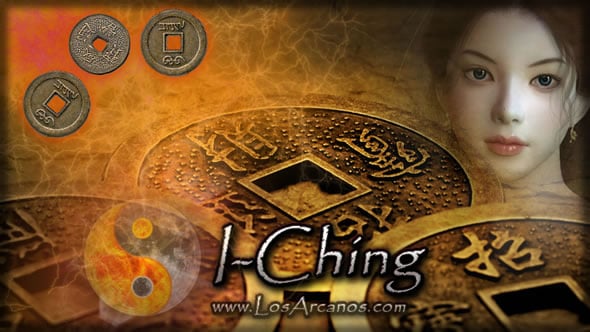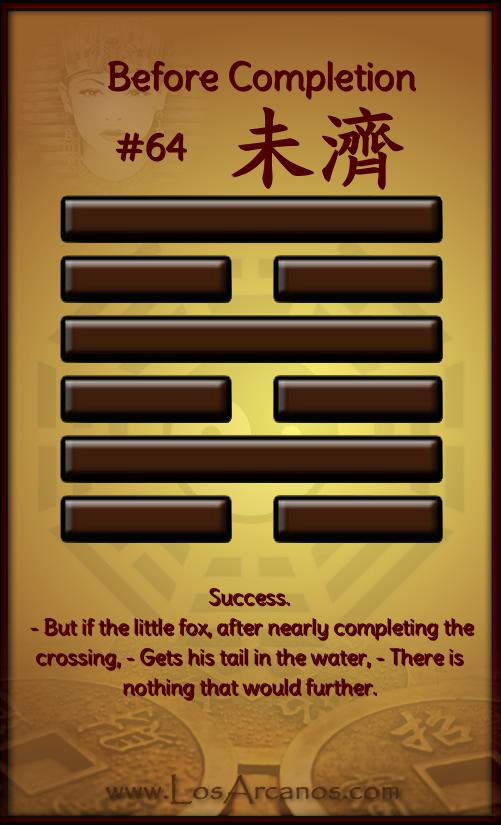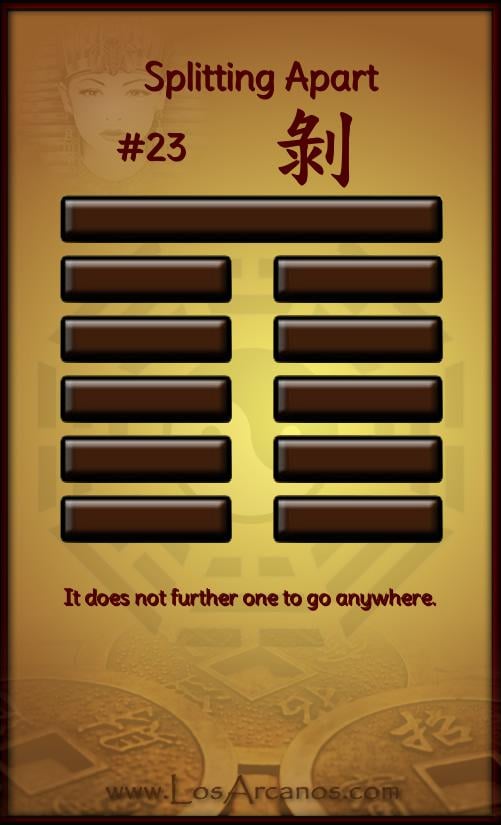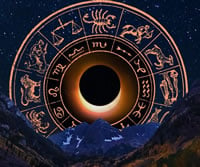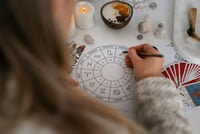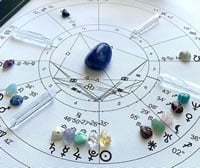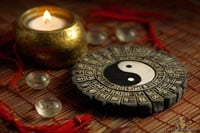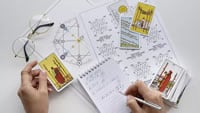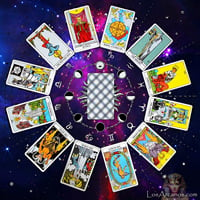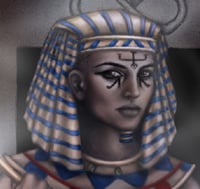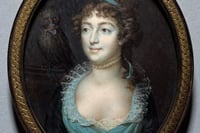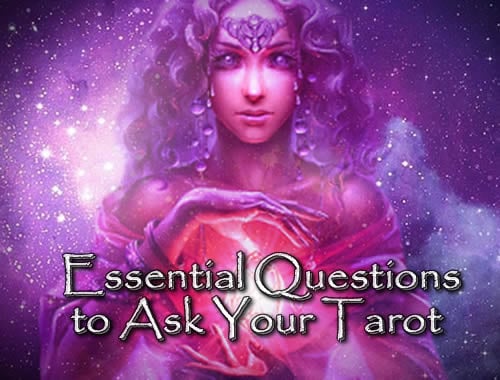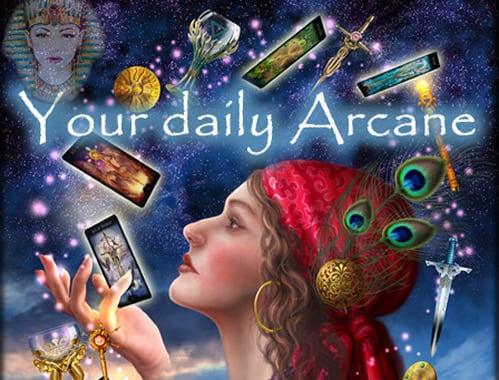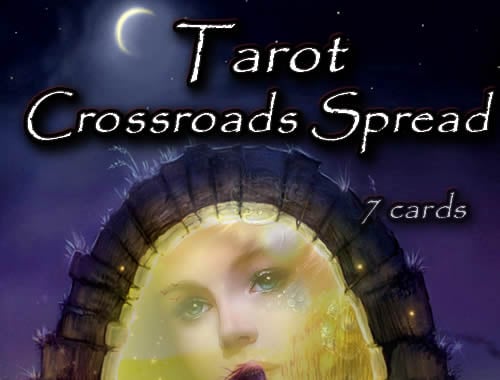
I Ching Free Online Oracle
This free online Oracle of the I Ching is based on the 64 principles of the Book of Changes with interpretations inspired by the elements of nature. Clicking on virtual coins 6 times will build a primary hexagram from bottom to top.
About the coins
The coins used on this site match Wilhelm Baynes’ translation where the side with four Chinese characters on the left, top, right and bottom is Yin with a value of 2. The side with the two symbols associated with the Phoenix and the Dragon are Yang with a value of 3.
Changing lines
There are four types of lines that can be generated by tossing the coins: Yang (solid) Yin (broken) Old Yang (changing) and Old Yin (changing). Any changing or old lines will create a secondary Hexagram that reveals both the basis of your question and the changes that are in play. Consider both hexagrams and changing lines as an answer to your question.
The meaning of line 1 often refers to beginnings, line 2 can embody the inner world and whether we are reacting as a victim or acknowledging our condition. Line 3 shows the answer when our thoughts meet the manifestation, while line 4 can be the manifestation itself. Line 5 is often the highest expression of the lesson taught by each hexagram, and line 6 often refers to how the energy of a particular hexagram runs out or ends.
No changing lines: If you receive a hexagram without changing lines, please read the interpretation of the immutable hexagram. Immutable hexagrams are observed to be in a static condition and require careful examination to understand why the situation may be stagnant or unchanged.
Primary and secondary hexagrams
The secondary hexagram can show both the rationale for your question and the potential outcome. In many cases, the transformed Hexagram will show the lingering atmosphere or the longest influence in play while the Primary Hexagram reveals your current mindset. For example, (64) Before completion, line 3 changing to become (50) Cauldron would suggest that a situation requiring patience to ‘boil in the pot’ (50) to define itself more fully is fulfilling With your current mindset you should be reaching. completion now. So line 3 of the hexagram (64) warns you about moving too hastily over past assumptions and the need to be patient to examine other possible outcomes.
The lines will offer advice on how to transcend any misunderstandings about the principles that operate in both hexagrams with the influence of the nuclear hexagram. This is important because many people use the wrong approach by assuming that the first hexagram always changes to become the second.
The change is not linear, it is usually circular. In this way, the Primary and Secondary Hexagrams interact and influence each other and the Primary Hexagram is also being influenced by the Nuclear Hexagram; one is not always destined to become the other.
In the example above it is Hexagram (64) Before completion with line 3 changing, the hidden influence or Nuclear Hexagram of (64) Before completion is (43) Determination or Advancement . The hexagram (43) will always feel like closed doors and frustration unless we keep an open mind. That is also the lesson of (64) Before completion, because its message is that all things change.
Remaining inflexible or operating with impatience and strict assumptions would create something more like (64) Waiting for completion.
Line 3 becomes the initiation / test or challenge presented by ( 50) Caldron that results from the line change. Any disappointment or ‘dark night of the soul’ test occurs because you did not heed the warning in line 3: attack brings misfortune, change your mind, or ‘cross the great river’.
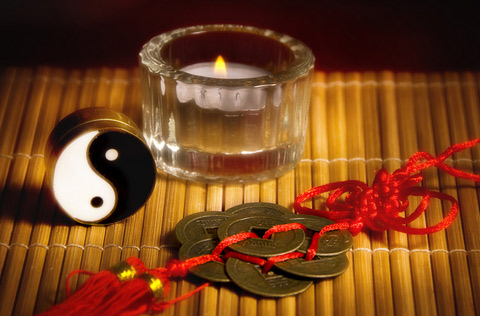
The most complete reading of the I Ching
For a deeper understanding of the meaning of a changing line, all line interpretations include the resulting Hexagram that would have been generated if that was the only line that changes. For example (31) Courting with the change of line 2 would become (28) Critical mass. Line 2 is a warning about the same excess that describes (28) Critical Mass, so the message from (31) Woo in line 2 suggests that wooing requires a solid foundation.
Roofing your aspirations with a weak base and an aggressive response won’t work because (28) offers a message: too much. Furthermore, to love others, we must first love ourselves. Add line 5 which would have changed to become (62) Small surplus and we are warned to respect the small and less significant aspects and not be too rigid. When both lines are changing (31) Wooing leads to (32) Duration because we establish a solid foundation (line 2) with flexibility, consistency, and honor the little things (line 5).
Interpretations of the hexagram also include the Hu Gua or Nuclear Hexagram as secondary influence and the Zong Gua or Inverted Hexagram showing the opposite condition.
The Hu Gua gives an additional idea of the meaning of a hexagram because it shows the basic motivation that is trying to manifest within the central hexagram. For example, the Hu Guide of (6) Conflict shows (7) Family as the dynamics that can create conflict and how establishing clarity in expectations (such as Family) can resolve it.
What line prevails in a reading of I Ching?
There can be mixed messages when an I Ching reading offers multiple changing lines. Some readers of Oracles see the progression from the bottom up and regard the top line as the predominant line. Others look at line 5 as the highest expression to activate the message of the hexagram because by changing line 6, the message of the hexagram is exhausted. If line 6 appears in a multi-line reading, the secondary hexagram might be more relevant.
When lines 1 and 6 are the only changing lines, the Primary Hexagram message is especially auspicious. A line-by-line examination of the teachings of the primary hexagram could be explored to avoid the outcome suggested by the secondary hexagram. A good example is (11) Peace, which reaches line 1, but runs out on line 6, where the battle is lost, so (18) Decay is the result. If we were a better student of the balance required to maintain (11) peace, then (18) decay would never set in.
We can also learn more about the deeper meaning of each hexagram, when lines 1 and six are changing. For example, when Hexagram (5) Waiting has lines 1 and 6 changing, it becomes (57) Penetration. We have a sense of the (5) “waiting” inherent in the (57) hexagram. This underscores a message of slowness, or the patience required when addressing the changes you are attempting. Line 1 has a message about something new as a start, while Line 6 talks about the unexpected arrival of help in the last hour, so slow down and stop trying so hard.
The disintegration (23) with the change of lines 1 and 6 leads to (24) and can put back together what is divided if we let it go and become innovative with the discernment taught through the lines of (23). disintegration . When the (56) Wanderer doesn’t get the message to be a better house guest on line 1, he burns bridges on line 6 and can show the darker side of Hexagram (55) Abundance when overdone. In other words, learn what it means to be a stranger in a foreign country and become more appreciative of the hand that feeds you.
The change of lines 1 and 6 may also suggest what a situation described by the primary hexagram looks like from completely opposite perspectives. In (31) Courtship on line 1, someone is not inspired enough to act, while on line 6 the action is exaggerated and superficial. When both lines change, it leads to (13) Fellowship, which is a superficial connection without intimacy. Why? If we explored each line of (31) Courtship, we would understand the law of attraction, especially when the heart is involved.
Below are additional guidelines that can be used to determine which line prevails.
- There are no lines that change: read the invariable interpretation of that hexagram.
- A line is changing: read the line interpretation for that hexagram.
- Two lines are changing: if the lines are equal (changing broken / Yino solid changing / Yang) the changing line closest to the top prevails. If there is one of each, read only the changing dashed line (Yin).
- Three lines are changing: read the middle line.
- Four lines are changing: read the top line that does not change.
- Five lines are changing: read the only line that is not changing.
- Six lines are changing: read only the transformed hexagram as the first hexagram has been used up.
By examining all possible ancient and modern correlations, we strive to bring you the most comprehensive free I Ching reading available online. All interpretations include quotes from the ancient masters of Chinese philosophy, as well as being based on the power of nature that originally inspired the Book of Changes .
To get the most out of the I Chin oracle , approach it with an open mind and a respect for the process. I like to think that it provides the same direction as our dreams, which requires the idea that dreams are teaching us something and a willingness to be objective in looking back at how we create our experiences.
The I Ching was originally composed by Taoist teachers whose understanding of life matches the way modern physics describes it today. In addition, they were inspired by natural processes where we are only now recognizing how nature can be a teacher. Think of the answer as a riddle – this is not an oracle with random messages to rush. Contemplate the lines of Hu Gua, Zong Gua, and change the hexagrams until you understand the message before asking any more questions.
refreshBack to Articles
Related Posts
latest articles
Think and write what concerns you. Ask open-ended questions. The Tarot will give you a response so that we can make appropriate decisions and solve problems
The Today`s Tarot will give you an idea of what your day might look like today. If you don`t like what it has to say, maybe changing your mindset to something more positive or ...
The Crossroads Tarot reading is generally used when the consultation is about an issue with two different ways to select when we are really ...

